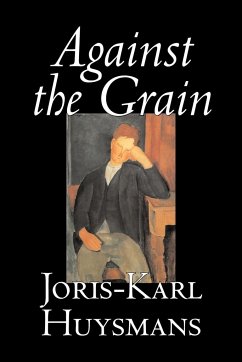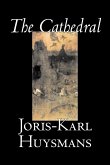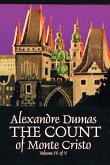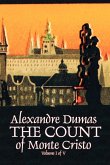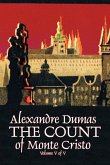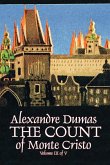Against the Grain's narrative concentrates almost entirely on its principal character and is mostly a catalogue of the tastes and inner life of Jean des Esseintes, an eccentric, reclusive aesthete and antihero who loathes 19th-century bourgeois society and tries to retreat into an ideal artistic world of his own creation. "There was only one living scion of this family which had once been so numerous that it had occupied all the territories of the Ile-de-France and La Brie. The Duc Jean was a slender, nervous young man of thirty, with hollow cheeks, cold, steel-blue eyes, a straight, thin nose and delicate hands." Thus we are introduced to the character of Des Esseintes in a novel that has been banned and censored for years, but still lives on as being one of the finest examples of the "decadent" literature written by fin-de-siecle (late nineteenth century) writers. Oscar Wilde himself called the novel "the Breviary of Decadence."
Hinweis: Dieser Artikel kann nur an eine deutsche Lieferadresse ausgeliefert werden.
Hinweis: Dieser Artikel kann nur an eine deutsche Lieferadresse ausgeliefert werden.

